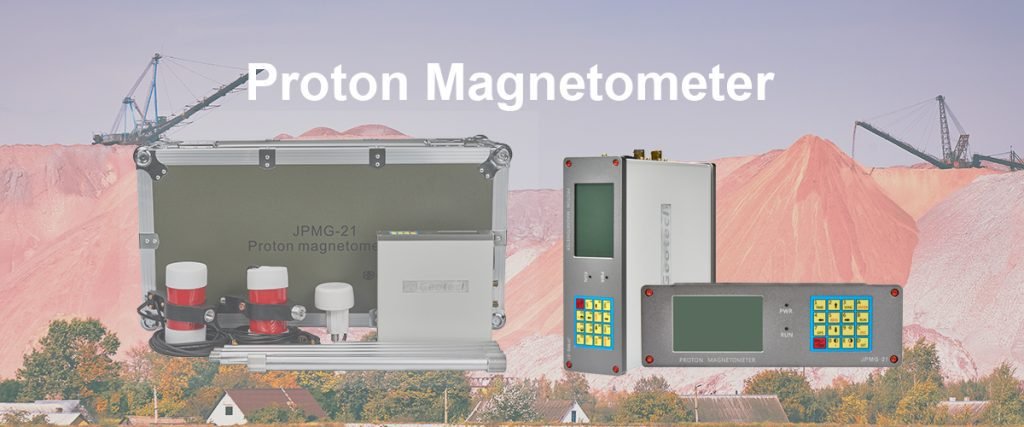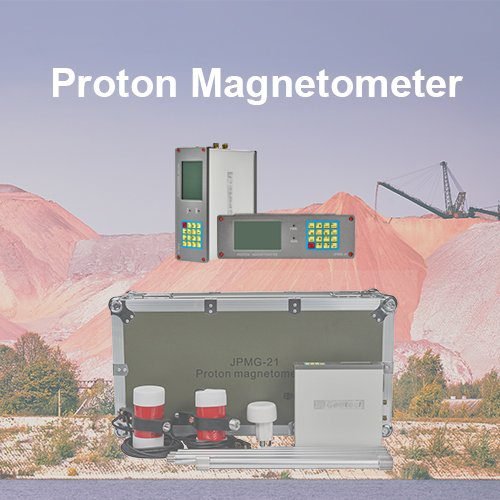Welcome to Geotech!

How to Calibrate a Magnetometer Properly
TIPS:Precise calibration is vital to ensure accurate readings from any magnetometer, especially when used in sensitive applications like mineral exploration and archaeological surveys. A well-calibrated magnetometer improves measurement consistency and reliability. This article explores how the proton magnetometer benefits from standard calibration procedures and how regular adjustment helps extend the life and performance of your proton magnetometer in the field.

Ⅰ. Introduction: Why Magnetometer Calibration Matters
Accurate data is the foundation of geophysical success. Whether used for mineral exploration, archaeological survey, or magnetic anomaly mapping, a magnetometer must deliver precise and reliable measurements. That’s why regular magnetometer calibration is not optional—it’s essential. This article explores the entire calibration process, industry standards, frequency recommendations, and common calibration-related issues.
Ⅱ. What is Magnetometer Calibration?
Magnetometer calibration is the procedure of adjusting and verifying a magnetometer’s accuracy to ensure its readings align with known magnetic field values. Calibration eliminates offset errors, compensates for environmental factors, and ensures consistency between field measurements and geophysical models.
Ⅲ. Calibration Process: Step-by-Step
1. Pre-Calibration Checks
- Inspect the sensor and housing
- Ensure battery voltage is stable
- Remove all magnetic contamination from the vicinity
2. Reference Field Setup
- Use a geomagnetically quiet site
- Compare to a known reference value (e.g., IGRF or observatory standard)
3. Sensor Adjustment
- Align magnetometer along x/y/z axes
- Apply correction factors (scale, offset, tilt)
4. Data Validation
- Measure deviations over multiple cycles
- Use software to visualize drift and residual errors
5. Logging and Certification
- Store calibration logs
- Generate a calibration certificate with reference conditions
Ⅳ. Calibration Standards and Guidelines
Common calibration standards for magnetometer adjustment include:
- International Geomagnetic Reference Field (IGRF)
- USGS absolute calibration fields
- Self-checking routines embedded in high-sensitivity magnetometers
For proton magnetometers, the Earth’s field itself can act as a reference if measured under quiet solar conditions.
Ⅴ. Importance of Regular Calibration
Why Magnetometer Calibration Matters:
- Ensures data consistency across long-term surveys
- Detects drift from sensor aging or physical stress
- Increases confidence in modeling and anomaly interpretation
- Meets quality assurance standards for commercial and research projects
Ⅵ. Optimal Calibration Frequency
Calibration frequency depends on use conditions:
| Usage Type | Recommended Calibration |
|---|---|
| Daily field deployment | Weekly |
| Harsh environments | Every 3–5 days |
| Indoor/infrequent use | Monthly or quarterly |
| Post-repair or long-term storage | Immediately after |
Smart magnetometers now offer auto-calibration features that alert the operator when drift thresholds are exceeded.
Ⅶ. Common Calibration-Related Issues
Even with regular maintenance, issues can occur:
- Residual field effects from ferrous components nearby
- Improper alignment during calibration
- Temperature drift not compensated correctly
- Software bugs in calibration algorithms
Solutions include shielding the setup area, automating axis realignment, and using temperature-compensated sensors.
Ⅷ. Conclusion
The calibration process of a magnetometer is not just a maintenance routine—it’s a scientific safeguard. By adhering to proper calibration standards, understanding environmental influences, and optimizing calibration intervals, operators can significantly boost measurement accuracy and survey reliability. A well-calibrated magnetometer is the key to confident, precise, and actionable geophysical data.
Reference
- Society of Exploration Geophysicists (SEG) https://seg.org/
- Society of Environmental and Engineering Geophysicists (EEGS) https://www.eegs.org/
- Geology and Equipment Branch of China Mining Association http://www.chinamining.org.cn/
- International Union of Geological Sciences (IUGS) http://www.iugs.org/
- European Geological Survey Union (Eurogeosurveys) https://www.eurogeosurveys.org/
-1.png)


